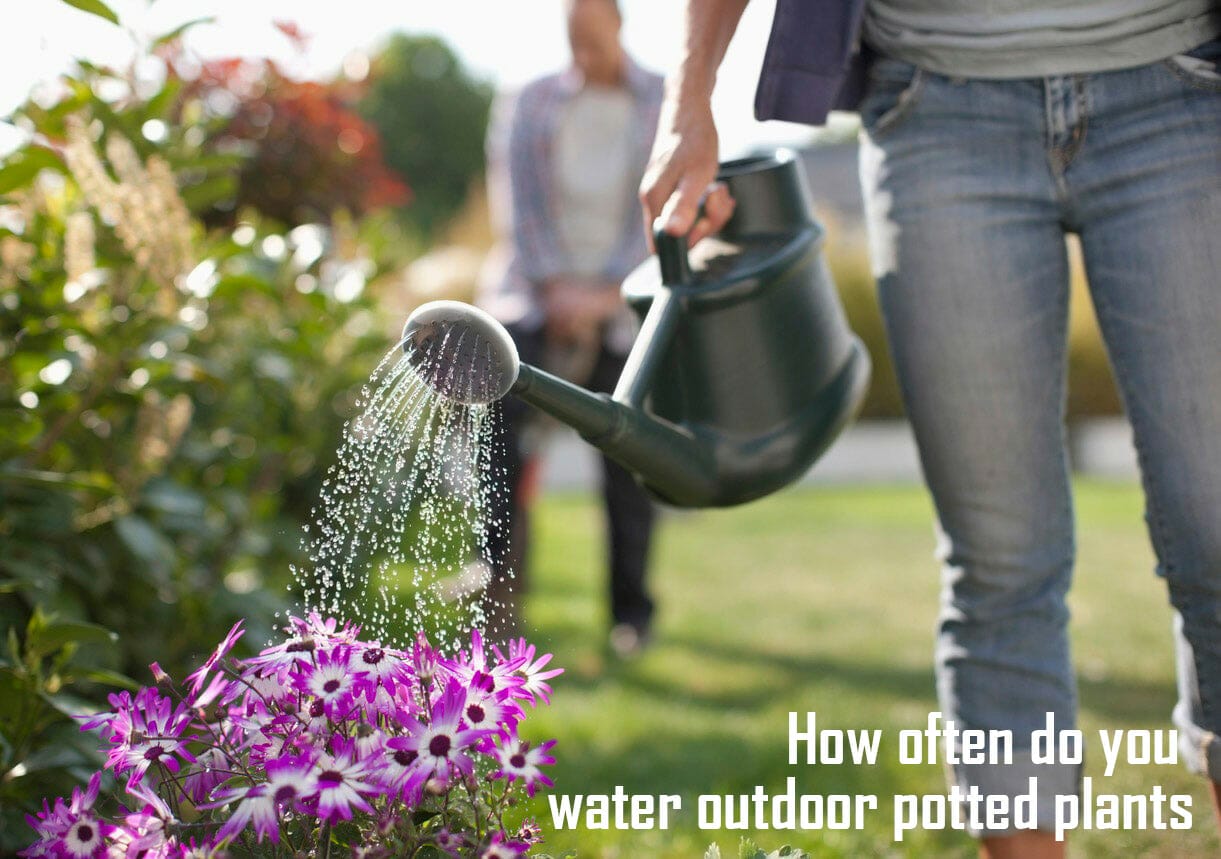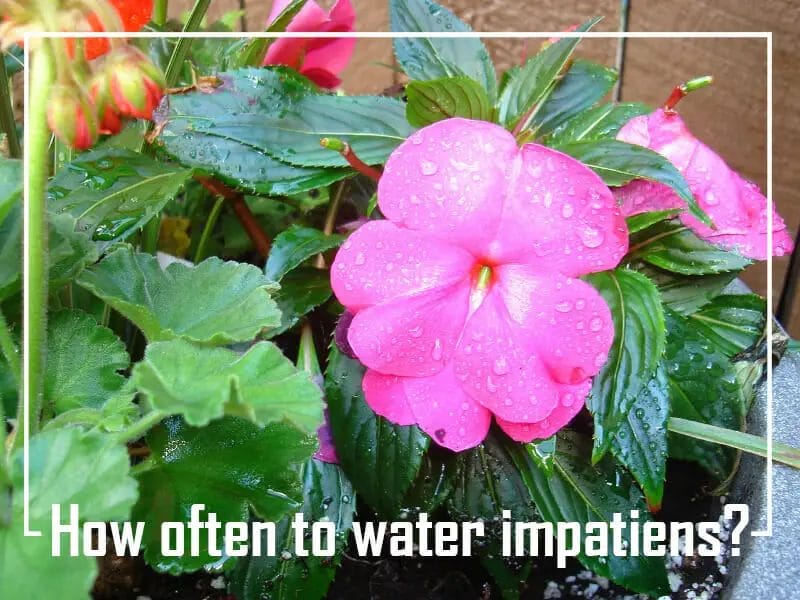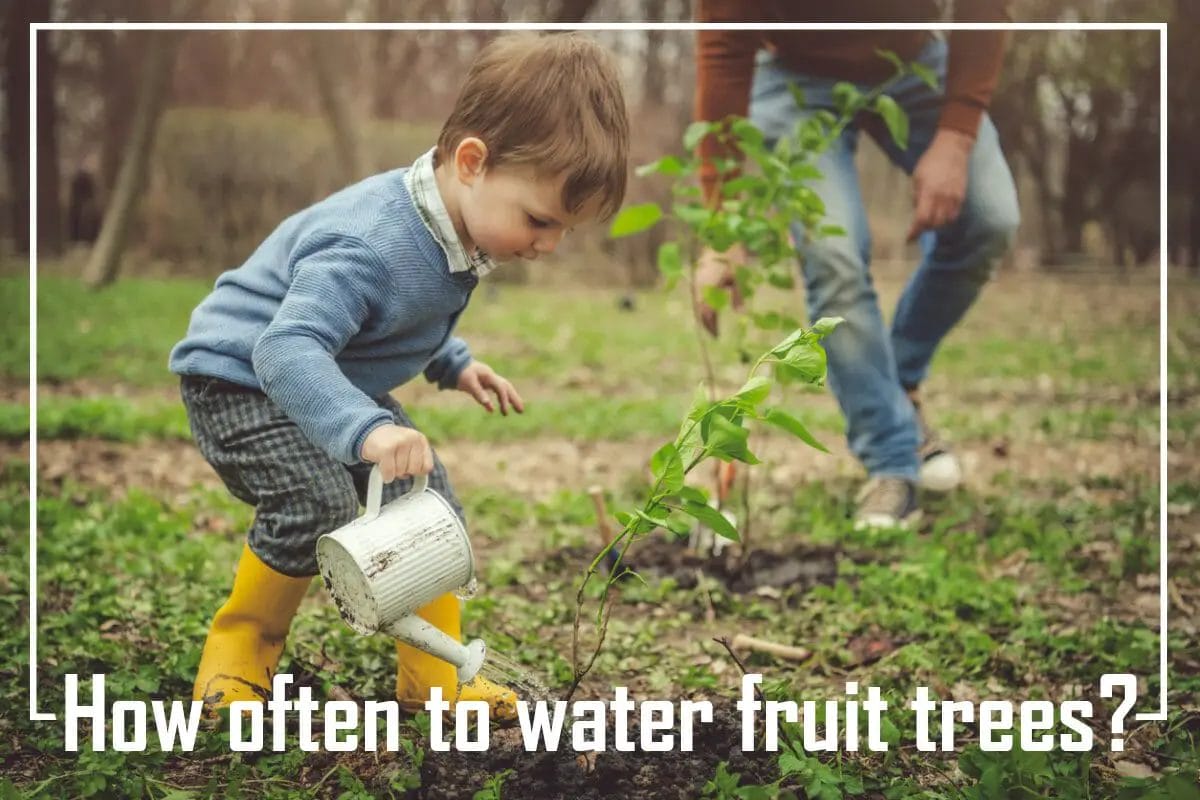Are you looking for an eco-friendly, cost-effective way to filter tap water? Water filter pitchers are an increasingly popular solution that can replace expensive home filtration systems. But how exactly do these pitchers work, and how effective are they?
A water filter pitcher is a container with a built-in filtration system that makes tap water easier to drink. It has activated charcoal or mineral-based filters that reduce chlorine, heavy metals, sediments, and dirt. Also known as jugs, carafes, or water coolers, these devices have recently gained popularity among health-conscious consumers.
The effectiveness of water filter pitchers varies based on their design and the type of filters used; some offer a more thorough purification process than others. But exactly, the water filter pitcher works. In this article, we will explain how the different types of water filter pitchers work and their pros and cons in improving the quality of your drinking water.
How Does Water Filter Pitchers Work?
Water filter pitchers are a simple and convenient way to improve the taste and quality of tap water. They work by utilizing various filtration methods to remove contaminants and impurities from the water. Here’s how water filter pitchers generally work:
- Filter Cartridge: Water filter pitchers come with a filter cartridge that contains various filtering materials. These materials can include activated carbon, ion exchange resins, and sometimes additional filtering media like ceramic or mesh.
- Activated Carbon: The primary filtering material in most filter cartridges is activated carbon. Activated carbon is highly porous and has a large surface area, which allows it to adsorb and trap contaminants and impurities in the water. It can remove chlorine, volatile organic compounds (VOCs), bad odors, and some heavy metals.
- Ion Exchange Resins: Some filter cartridges also contain ion exchange resins. These resins can remove minerals like calcium and magnesium that cause water hardness. They exchange these minerals for sodium ions, resulting in softer water.
- Mechanical Filtration: In addition to chemical filtration (adsorption), water filter cartridges might also include materials for mechanical filtration. These materials can trap larger particles like sediment, rust, and other impurities.
- Filtering Process:
- As you pour tap water into the pitcher’s reservoir, it passes through the filter cartridge.
- The activated carbon and other filtering materials in the cartridge trap and absorb contaminants.
- The water that passes through the cartridge emerges cleaner and with improved taste.
- Flow Control: Many water filter pitchers have a flow control mechanism that ensures the water passes through the filter media slowly enough to allow sufficient contact time for effective filtration.
Water filter pitchers are an affordable and convenient way to improve water quality, especially for smaller households or individuals who want better-tasting water without the need for complex installation. However, it’s important to note that they might not be as effective as more advanced filtration systems for removing certain contaminants or for larger volumes of water.
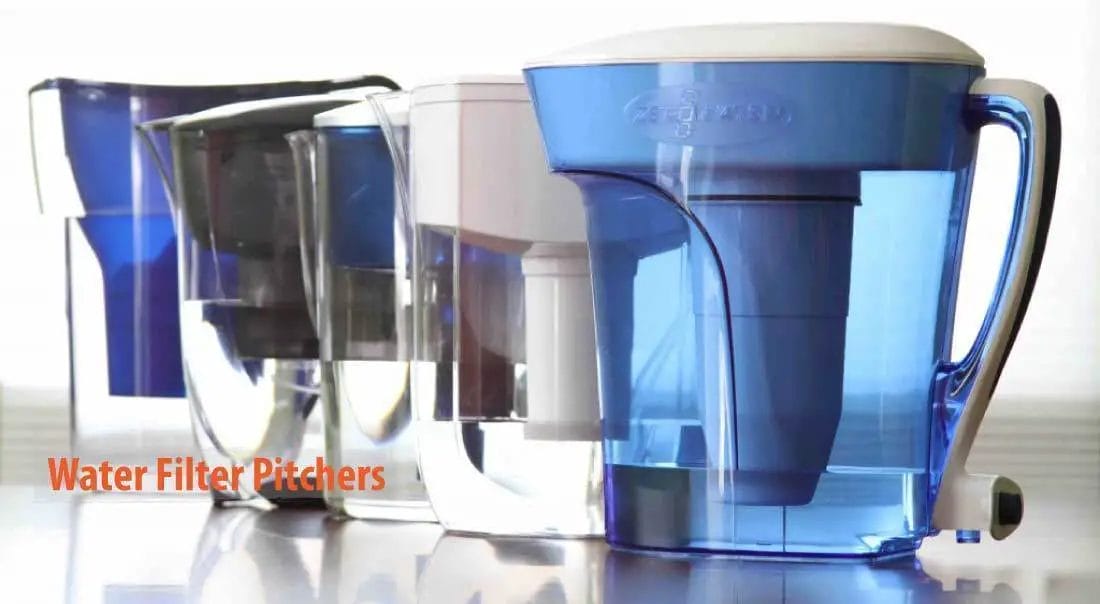
Water Filter Pitchers: Pros and Cons
| Pros | Cons |
|---|---|
| 1. Convenience: Easy to use and require no installation. | 1. Limited Filtration: May not effectively remove all contaminants, especially those requiring advanced filtration methods. |
| 2. Affordable: Typically cost less upfront compared to other filtration systems. | 2. Limited Capacity: Suitable for small households; frequent refilling might be necessary for larger families. |
| 3. Portability: Can be used anywhere with access to tap water. | 3. Filter Replacement: Regular filter replacement adds ongoing costs. Forgetting to replace filters can result in reduced effectiveness. |
| 8. Reduced Sediment: Can remove larger particles like sediment and rust, improving clarity. | 5. Filter Lifespan: Shorter filter lifespan than other filtration systems; requires more frequent replacements. |
| 4. Flow Rate: The filtering process can be slow, especially with clogged filters. | 6. No Plumbing Required: No need for modifications or professional installation. |
| 5. Easy Maintenance: Minimal maintenance, primarily filter replacement and occasional cleaning, is required. | 6. Size and Design: Bulkier pitchers can take up significant space in the refrigerator. |
| 7. Variety of Designs: Available in different sizes, colors, and designs to suit personal preferences. | 7. Not Suitable for Well Water: Might not effectively address issues common in well water, such as bacteria or high mineral content. |
| 7. Not Suitable for Well Water: It might not effectively address issues common in well water, such as bacteria or high mineral content. | 8. Limited Contaminant Removal: Ineffective against certain contaminants like heavy metals, fluoride, and some chemicals. |
| 9. Environmentally Friendly: Reduces the need for single-use bottled water, reducing plastic waste. | 9. Initial Investment: While affordable, ongoing filter replacement costs can accumulate over time. |
| 10. Child-Friendly: Easy for children to use, promoting healthier hydration habits. | 10. Not Scalable: Not suitable for larger water demands, such as filling pots or large containers. |
It’s important to weigh these pros and cons based on your specific needs, tap water quality, and budget. Water filter pitchers can be an excellent choice for individuals or small households looking for a simple, cost-effective way to enhance their water quality. Still, they might not be the best solution for addressing more complex water quality issues.
Learn About Best Water Pitcher Filter Reviews
What kind of Things does Water Filter Pitchers Remove?
Water filter pitchers are a great way to ensure your drinking water is safe and free from contaminants. Not all water pitchers remove the same impurities, however. According to the pitcher’s brand, the filter media used, and the quality of the product, contaminants are removed to varying degrees. Generally, the best water filter pitchers can remove hundreds of harmful contaminants from treated tap water, including chlorine taste and odor, chloramine, and lead (i.e. from lead pipes).
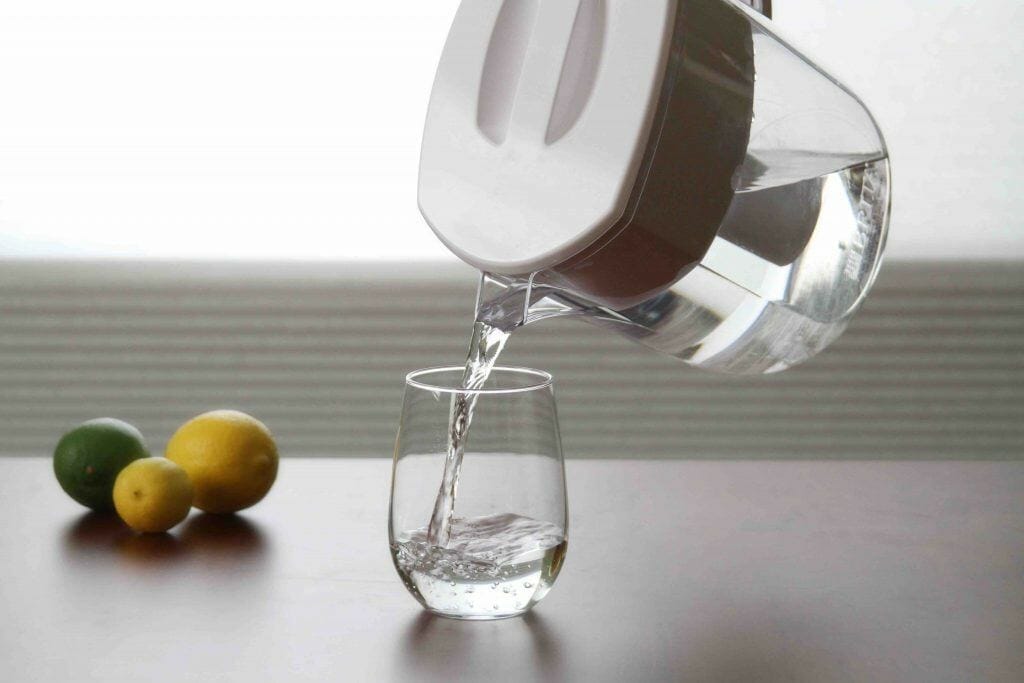
Chlorine is a chemical added to public drinking water supplies to kill bacteria and other microorganisms that can cause disease. Chloramine is a combination of chlorine and ammonia used in some areas as an alternative disinfectant for drinking water.
Lead is a toxic metal in many older homes because lead pipes or fixtures contain lead-based solder. All these contaminants can be removed by using a high-quality water filter pitcher. By filtering out these impurities, you can enjoy clean, tasting drinking water without worrying about ingesting harmful chemicals or metals.
What is The Best Way to Set Up a Water Filter Pitcher?
Setting up a water filter pitcher is an easy process. The pitcher usually comes partially assembled, with the handle attached to the jug. You must follow the manufacturer’s instructions to prime the filter and assemble the pitcher.
First, remove the filter and all of its components from its packaging. Then, place the filter into the pitcher according to the instructions provided by your manufacturer. Make sure that it is securely in place before continuing.
Next, please fill up your pitcher with cold tap water and let it sit for about 15 minutes so the filter becomes fully saturated. After this time, discard any remaining water in your sink or toilet.
Finally, attach any additional components, such as a lid or spout, if necessary, and you’re ready to start using your new water filter pitcher. With just a few simple steps, you can enjoy clean and filtered drinking water without worrying about contaminants or impurities.
What Are the Best Ways to Maintain a Water Filter Pitcher?
Maintaining a water standard filter pitcher ensures your drinking water is clean and safe. The most important maintenance task is changing the filters regularly. The average filter life for these pitchers is 2-3 months, so it’s important to keep on top of filter changes to prevent a slowdown of water flow.
Replacing the filters is relatively simple; lift the lid off the pitcher and remove the filter from the reservoir. Depending on the pitcher’s design, the filter may need to be removed by clicking, twisting, or tipping it out.
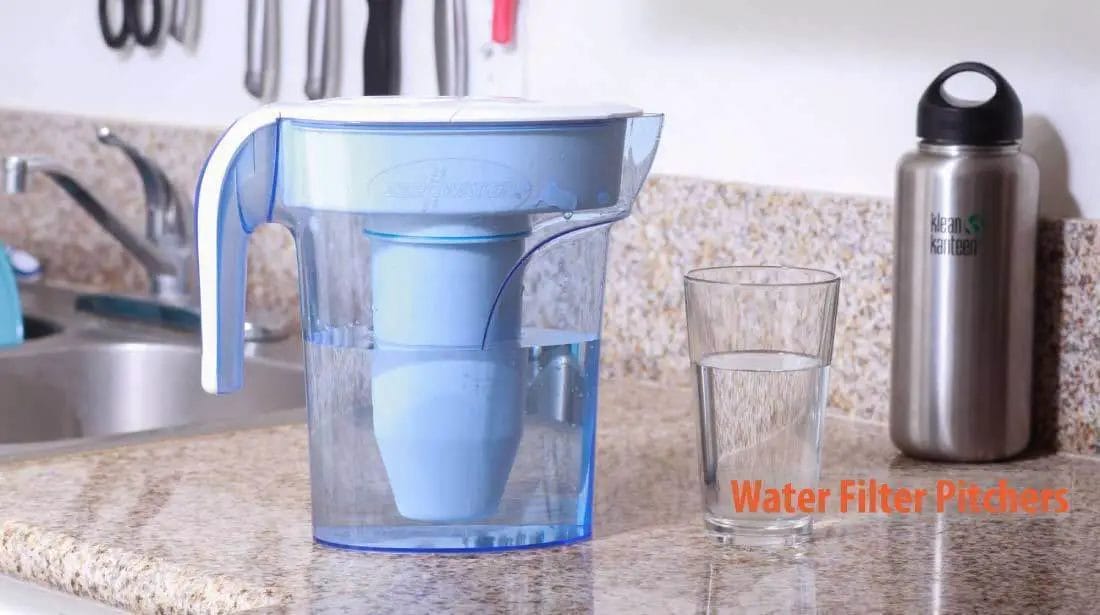
It’s also important to regularly clean your water filter pitcher to maintain its effectiveness. This can be done by washing it with warm, soapy water and then rinsing it thoroughly with cold water.
Additionally, you should check for any signs of wear and tear on the pitcher, such as cracks or leaks, and replace any damaged or worn-out parts. By following these simple steps, you can ensure that your water filtration pitcher continues to provide you with clean and safe drinking water for years to come.
How Effective Are Water Filter Pitchers?
Water filter pitchers are generally effective at removing impurities from tap water. Studies have shown that these pitchers can reduce chlorine taste and odor, chloramine, lead, and other contaminants from treated tap water.
However, the pitcher’s effectiveness depends on the filter media type used and the product’s quality. It is important to read the manufacturer’s instructions carefully and follow their guidelines to ensure the optimal performance of your water filter pitcher.
In addition, it is important to note that water filter pitchers are not designed to remove all contaminants from tap water. Some contaminants, such as pesticides and pharmaceuticals, may remain in the filtered water. You should use a certified point-of-use filtration system or an in-line filter for maximum protection against these contaminants.
What to do if you dont have water Pitchers?
If you’re looking for alternative solutions to water filter pitchers, there are several options available, each with its own advantages and disadvantages. Here are some alternatives to consider:
- Faucet-Mounted Filters:
- These filters attach directly to your faucet, providing filtered water on demand.
- Pros: Convenient, no need for pitcher refilling; can provide a continuous supply of filtered water.
- Cons: Limited filter capacity; might not fit all faucet types; installation required; can sometimes slow down water flow.
- Under-Sink Filters:
- Installed under your kitchen sink, these filters provide dedicated filtered water from a separate tap.
- Pros: Larger filter capacity; out of sight; separate tap for filtered water; more effective filtration.
- Cons: Installation required; might involve plumbing modifications; some models can be expensive.
- Countertop Filters:
- These filters sit on your countertop and connect to your faucet. They provide larger filter capacity than pitchers.
- Pros: Larger capacity; no plumbing modifications; effective filtration.
- Cons: Takes up counter space; may require occasional filter replacement.
- Whole-House Filtration Systems:
- Installed at the point where water enters your home, these systems filter all water used throughout your house.
- Pros: Provides filtered water for all uses, including showers and laundry; comprehensive filtration.
- Cons: Requires professional installation; higher upfront cost; maintenance and occasional filter replacement.
- Reverse Osmosis Systems:
- These systems use a semipermeable membrane to filter out various contaminants.
- Pros: Highly effective against many contaminants; can be installed under the sink or as a whole-house system.
- Cons: Requires professional installation; can produce wastewater; might remove beneficial minerals.
- UV Water Purifiers:
- UV light disinfects water by killing bacteria, viruses, and parasites.
- Pros: Effective against microorganisms; no chemicals or additional substances added to water.
- Cons: Doesn’t remove non-living contaminants; might require pre-filtration for best results.
- Distillation Systems:
- Distillation involves boiling water and condensing the steam to produce purified water.
- Pros: Effective against a wide range of contaminants; no filters to replace.
- Cons: Slow process; removes minerals; energy-intensive; might not remove volatile organic compounds.
- Gravity-Fed Filters:
- These filters use gravity to move water through a filtration medium, often a combination of ceramic and activated carbon.
- Pros: No electricity required; effective filtration; suitable for off-grid use.
- Cons: Slow filtration process; might require regular cleaning and maintenance.
When choosing an alternative water filtration solution, consider factors like the quality of your water, your budget, the level of filtration needed, installation requirements, and ongoing maintenance. It’s recommended to conduct thorough research and, if needed, consult with water filtration professionals to determine the best solution for your specific needs.
Frequently Asked Questions
1. Do Brita filters actually purify water?
Some water contaminants, such as lead, can be removed by up to 99% of Brita’s products. Lead contamination in water can be safely reduced to safe levels when using carbon filters – which are used by many Brita filters. There is, however, a wide range of contaminants that each Brita filter is designed to reduce.
2. How often should I change my water filter pitcher?
You should change your water filter pitcher every two to three months or when the filter indicator light turns on. This will ensure that your pitcher works effectively and provides you with clean, safe drinking water. Additionally, it is important to clean the pitcher and its components regularly to prevent bacteria from building up in the system.
3. Are water filter pitchers better than tap water?
Water filter pitchers can more effectively remove certain contaminants from tap water than municipal treatment. However, it is important to note that these pitchers are not designed to remove all contaminants from tap water. Some contaminants, such as pesticides and pharmaceuticals, may remain in the filtered water. Therefore, it is best to use a certified point-of-use filtration system or an in-line filter for maximum protection against these contaminants.
4. Is it safe to drink water from a filter pitcher?
It is safe to use water filter pitchers. You may feel secure if you buy a low-quality unit, but you can be misled by it. The potential contaminants in your drinking water will be greatly reduced if you use a high-quality water filter pitcher.
5. Is a water filter pitcher better than bottled water?
Despite filtered and bottled water both providing healthier, better-tasting water, filtered water is more economical and environmentally friendly than bottled water.
Conclusion
Water filter pitchers are an effective way to reduce the number of contaminants in your drinking water. They can be used with the city and well water, although specialized models may be needed for well water. Pitchers are easier to maintain than water filters. If you were thinking of a way to get fresh water, then a water filter pitcher could be perfect.
Sarah J. Gregory
352 Hershell Hollow Road
Anaheim, CA 92805




